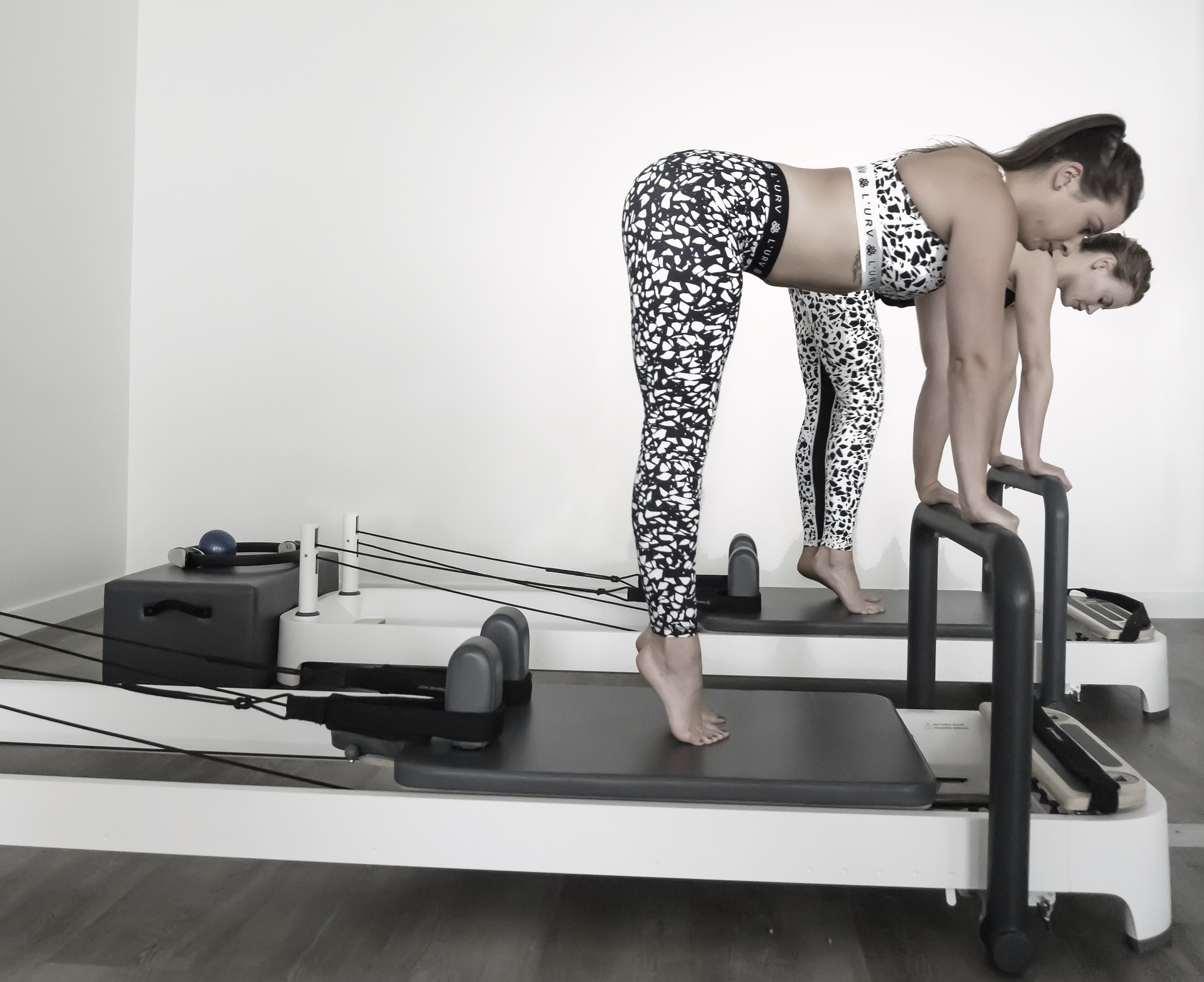Unveiling the Secrets of Breathwork: A New Approach to Health and Wellness
Breathwork, the practice of conscious control over the breath, has been gaining traction in health and wellness circles around the world. But what makes this ancient practice, deeply rooted in various cultures and traditions, so appealing in the modern age?
Introduction
In a world where we are constantly seeking the next wellness breakthrough, one of the most effective health practices may be as simple as the air we breathe. This article delves into the art of breathwork, a centuries-old technique that has been rediscovered in the wellness world. Why is it suddenly catching on, and what are the scientifically proven benefits of this practice?
The Origins and Evolution of Breathwork
The concept of using the breath as a tool for well-being is not a new idea. Various cultures have incorporated breathwork into their rituals and healing practices for thousands of years. From the Pranayama practices in ancient Indian yogic traditions to the Qi Gong methods used in traditional Chinese medicine, the breath has always been viewed as a powerful force for physical and mental health.
Breathwork in Modern Health Practices
Fast forward to the 21st century, and breathwork is experiencing a resurgence in popularity. Experts in the field of wellness are increasingly promoting breathwork as a natural and effective way to manage stress, improve mental clarity, and enhance physical performance. According to a study published in the Journal of Clinical Psychology, controlled breathing practices can significantly reduce symptoms of anxiety and depression.
Benefits and Challenges of Breathwork
While the benefits of breathwork are appealing, the practice does come with challenges. For one, it requires discipline and consistency. However, the potential rewards, such as improved cardiovascular health, reduced stress levels, and increased mindfulness, make it a worthwhile pursuit.
Practical Applications and Scientific Credibility
Despite its historical roots, breathwork is backed by modern science. A study in the American Journal of Cardiology found that deep, controlled breathing exercises could lower blood pressure and heart rate.
Tips for Getting Started with Breathwork
-
Start with just a few minutes each day, gradually increasing the duration as you become more comfortable.
-
Try out different techniques to find what suits you best.
-
Use it as a tool for managing stress, enhancing concentration, or even improving athletic performance.
Conclusion
Breathwork, an ancient practice steeped in tradition and cultural significance, holds untold potential for modern health and wellness. By incorporating controlled breathing exercises into our daily routines, we can unlock a host of benefits and contribute to our overall wellbeing. As research continues to underscore its effectiveness, breathwork might just become a mainstay in our wellness toolkit.





